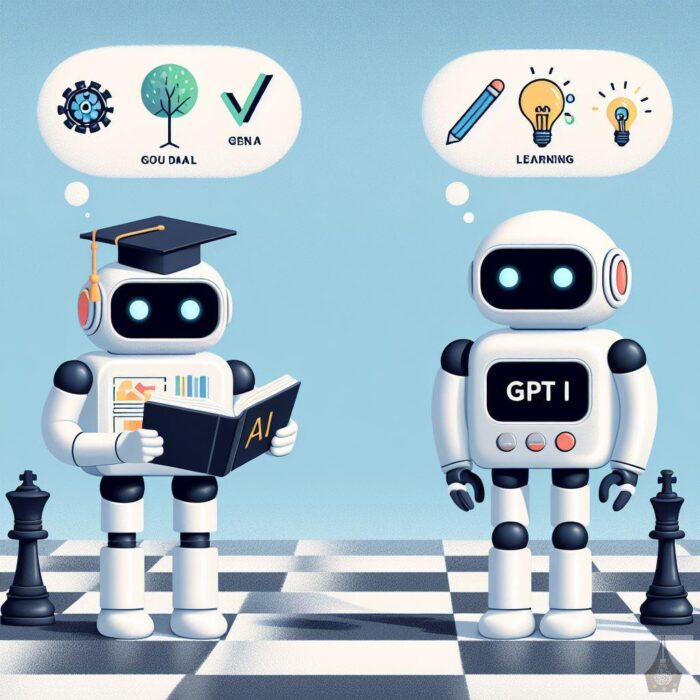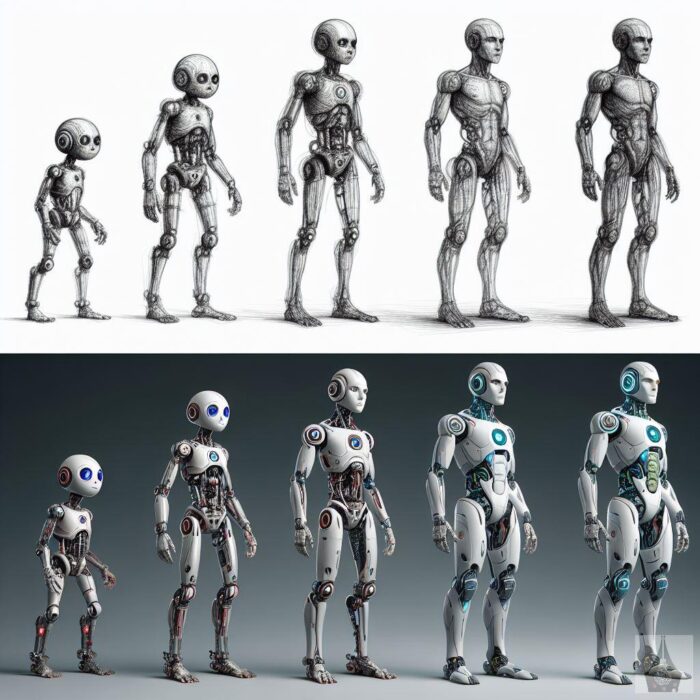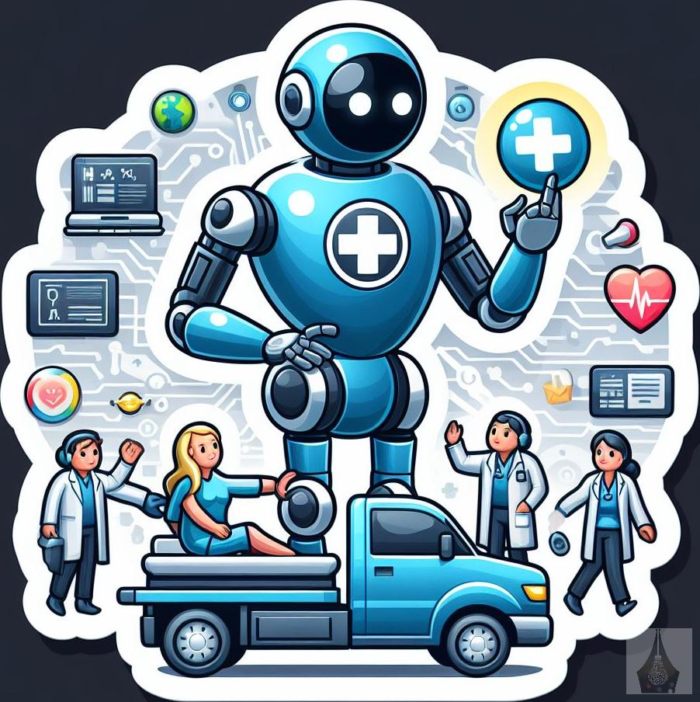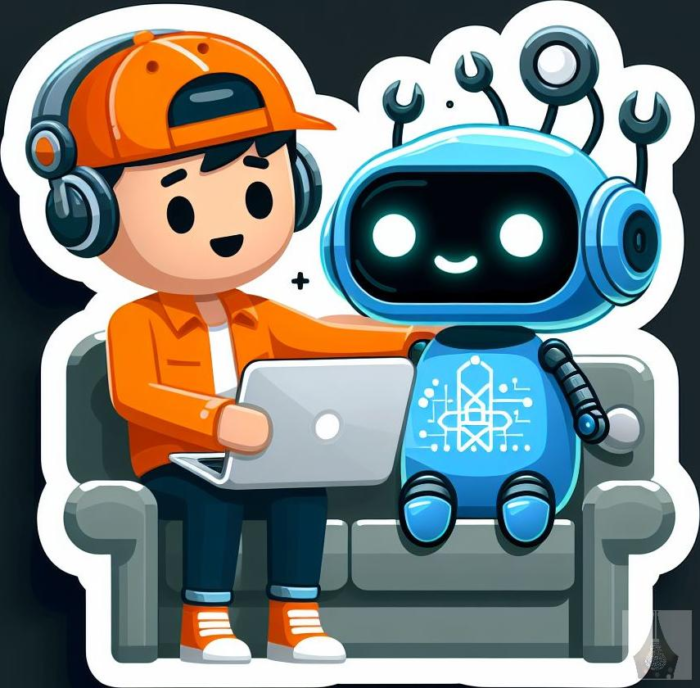Last Updated on May 27, 2024 by Shivanandana Hegde
The practical uses of AI as of May 2024 are pretty coveted, convoluted and controversial. The subject AI or “Artificial Intelligence” in itself is very vast and applications are literally ‘limitless’. Be it healthcare, education, medicine, pharma, energy, security, technology, transportation and communication to name a few.
However, the main focus of this blog post is to understand the practical use of 2 specific types of AI i.e., GPT and Gen AI – which are powered by machine learning.

I will summarize the practical uses of both GPT and Gen AI together. So, it is important to know the similarities and differences between the two.
GPT (Chat GPT) vs Gen AI (Generative AI)
| Abbreviation | Full Form | Simplest Definition | Main Purpose |
| GPT | Generative (Pre-trained) Transformer | A type of transformer-based language model designed for natural language processing. | GPT is primarily focused on processing tasks such as text generation and “human-like” conversations. |
| Gen AI | Generative Artificial Intelligence | A broader concept aimed at creating new, fresh content based on previous learning and human prompts. | Encompasses a broader range of creative content generation including images, videos, music, pattern, and text. |
A brief history of GPT and Gen AI before we jump to Practical Uses:

History of GPT
- Generative Pre-trained Transformer (GPT) specifically traces its roots to OpenAI’s efforts to develop advanced natural language processing models.
- The first iteration, GPT-1, was released in 2018, followed by GPT-2 in 2019, notable for its large-scale capabilities and natural language understanding.
- GPT-3, released in 2020, marked a significant leap in model size and performance, showcasing the potential of large-scale language models in various applications.
History of Gen AI
- Early 2000s: The concept of Generative AI emerged as researchers explored the potential of machine learning to create new content.
- 2010s: Advances in deep learning and neural networks enabled the development of more sophisticated Gen AI models, such as generative adversarial networks (GANs).
- 2020s: Gen AI continued to evolve, with applications expanding across various domains, including text-to-image generation, video creation, and audio synthesis.
- Notable developments include the introduction of GANs by Ian Goodfellow in 2014 and subsequent advancements in image generation and manipulation.
Both GPT and Generative AI have continued to evolve rapidly, with ongoing research focusing on improving model capabilities, addressing ethical concerns, and exploring new avenues for creative content generation and natural language understanding.
The practical uses of Gen AI and GPT

Content Creation
One of the most obvious and overused practical use cases is creating and curating content. Gen AI can automate content creation tasks, generating articles, reports, and even novels. It can assist writers, journalists, and content creators by generating ideas, drafting content, and improving writing quality. It can also help with proofreading, factual corrections, and citations.
Design and Creativity

Gen AI can create art, logos, graphics, and designs based on user input and preferences. It can also customize images based on user prompts.
Healthcare
In healthcare, medical history and patient data (anonymized, of course) are a valuable resource. Gen AI-powered AI can quickly compare presented data to millions of historical data and help doctors in diagnosis and prognosis. Gen AI-powered chatbots can also assist patients with appointment scheduling, medication reminders, and personalized health advice.
Education
In education, Gen AI-powered adaptive learning systems can tailor instruction to individual students’ needs, abilities, and learning styles. GPT-based language models can assist students with writing assignments, proofreading, and grammar correction. Moreover, AI-generated educational content can provide personalized learning experiences, making education more accessible and effective.
Some AI models can assist teachers with the correction of answer papers and hand-writing identification is not far from today.
Financial Services
In financial services, Gen AI-powered predictive analytics can identify high-risk transactions, detect fraudulent activities, and optimize investment portfolios. GPT-based natural language processing can help banks with customer service, credit risk assessment, and loan application processing. Additionally, AI-generated financial reports can provide real-time market insights, enabling investors to make informed decisions.

It goes without saying that the field of artificial intelligence is evolving fast – super fast. So, the use cases can increase rapidly within the next few months if not years.
Final Thoughts on practical uses of AI
As we continue to navigate the rapidly evolving landscape of AI, it is crucial to remember that Gen AI and GPT are not just tools but rather powerful enablers of human creativity, innovation, and progress. By harnessing their potential, we can create a future where technology serves humanity, and artificial intelligence becomes an indispensable companion in our pursuit of knowledge, happiness, and fulfillment.

However, responsible adoption, ethical considerations, and ongoing research are crucial to harnessing their full potential while mitigating risks and ensuring a positive impact on society.
I hope you found this article informative and thought-provoking. If you have any questions or would like to discuss further the applications of Gen AI and GPT, please feel free to ask!
—
Cheers,
Shivanandana
Related Article: Artificial Intelligence: Developing AI Skills for the Future


